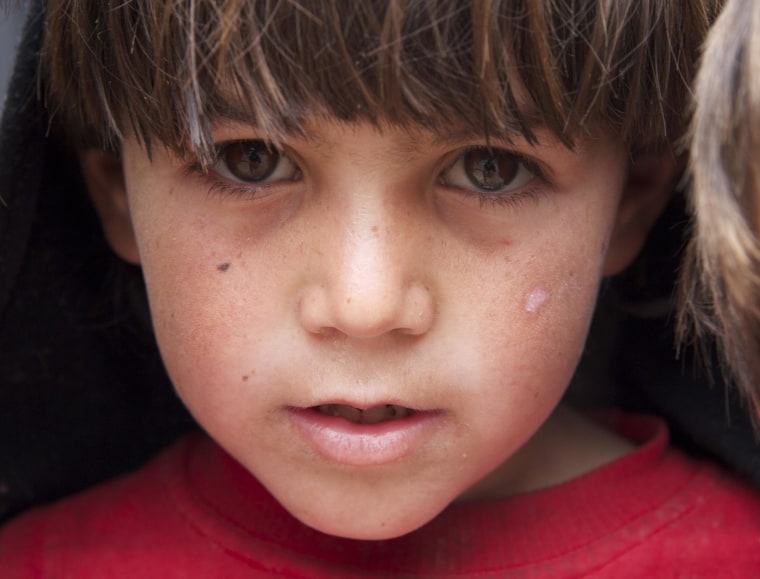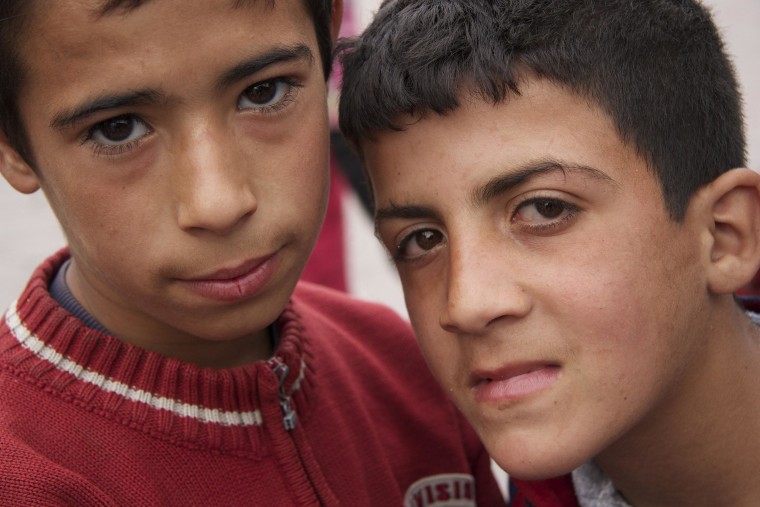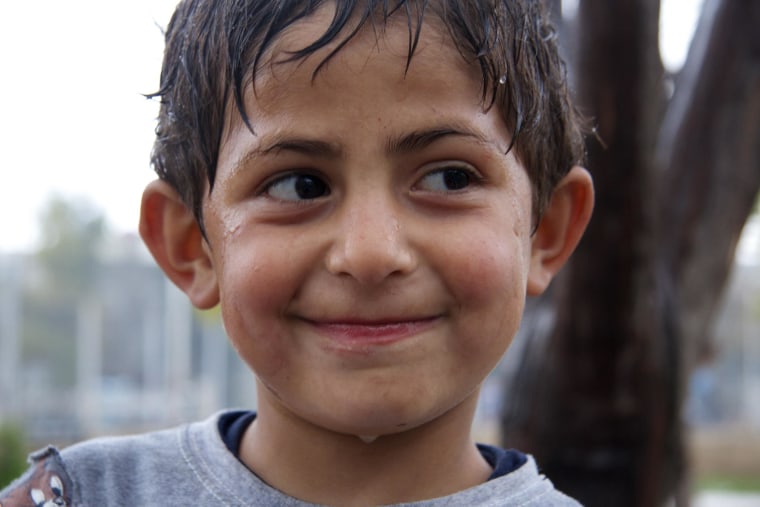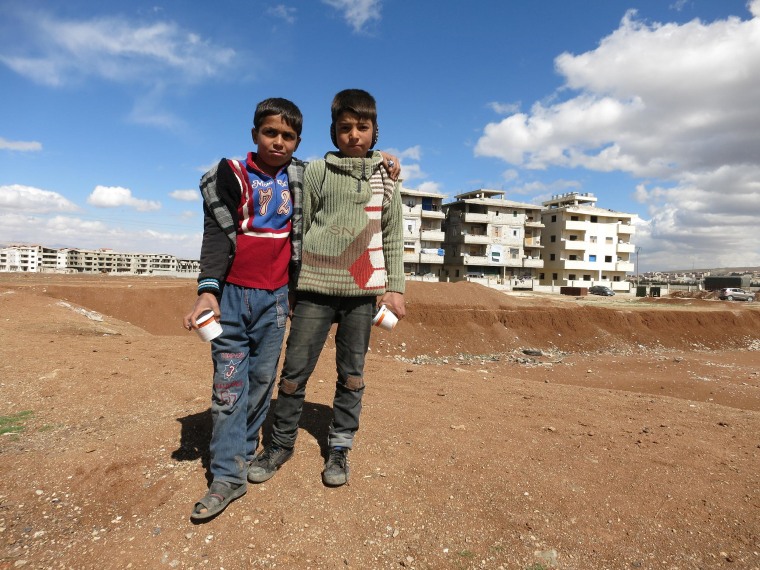DAMASCUS, Syria – For much of its recent history, the Middle East has been a dangerous region, with at least one of its countries locked in crisis or conflict.
But in spite of the horrors of the Lebanese and Iraqi civil wars, of the Arab-Israeli conflicts, of all the revolutions and coups – there has never been a more deadly or dangerous war than the one that has engulfed Syria for three years now.
The figures from the war are numbing, but each one is a human life.

The Syrian Observatory for Human Rights, a British-based pro-opposition group, estimates that more than 140,000 people have been killed in the war. The United Nations said in January it had to stop updating its death count because conditions on the ground were too dangerous.
The pace of the killing seems to be accelerating. At least 10,000 children have been killed – the U.N. says that figure is almost certainly a conservative estimate. Four times that number have been injured.
As many as 5.5 million children have been directly affected by the war, according to UNICEF, which released sobering statistics on Syria's youngest victims days before the third anniversary of the crisis on March 15.
These young victims have been either killed, injured, forced to flee or obliged to take food hand-outs because their families have no food themselves. One million children are in areas under siege or so close to a frontline that aid can't reach them.

If you want an idea of what life is like for some Syrians, consider the Damascus suburb of Yarmouk. Once I could get to its edge. Two weeks ago the U.N. managed to deliver food there for the first time in months. Now it is sealed off, under the control of al Qaeda linked rebels and under constant bombardment by Syria's army.
I've talked to some children and families who've escaped from there, after being trapped for more than a year in a siege designed to starve out rebel fighters.
The children told me they searched every day for grass, weeds and plants to eat. They even bought bags of grass for $3 dollars when they couldn't find enough by themselves. They didn't have milk, juice, bread or meat of any kind for a year. They ate dirty food scraps and bird seed and drank filthy water. Their bellies grew with hunger. They saw people starving around them.

Amnesty International estimated this week that more than 128 people had starved to death in that city alone.
I have covered many conflicts in the Middle East. Iraq's civil war was particularly savage. But in its complexity and cruelty, in its scope and savagery towards civilians, nothing comes close to Syria's carnage.
It is a crisis the world is slowly forgetting, perhaps one it would rather forget. The U.N.'s appeal for help is falling on deaf ears. Only a small fraction of the money the U.N. needs has been pledged, much less delivered.
The world moves on to other crises, like Ukraine. Syria cannot move. It is paralyzed as it approaches a fourth year of war.
Find out how you can help Syria's children.
